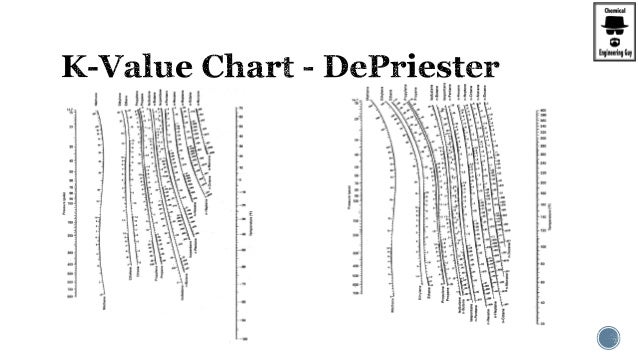

Recent work by Hopgood shows that hydrate prediction programs commonly are in error by as much as 5☌ for hydrate formation conditions in black oils this is an area of current research.įor the two-phase regions of hydrate equilibria (i.e., V-H, L HC-H, and I-H), the key question is that of water content: how much water can a vapor or liquid hydrocarbon phase hold before hydrates will precipitate? Just as knowing the V and L HC saturation conditions allows the engineer to avoid solid hydrate formation, determining the I-H region (below 273 K) lets the engineer avoid ice or hydrate formation, both of which cause flow problems. Four-phase (L W-H-V-L HC) hand calculation methods are not available, and one generally must rely on computer methods for this most common flow assurance hydrate concern. The other three-phase regions (e.g., L W-H-L HC and I-H-V) are less important, and methods presented below are suitable for checking the accuracy of a computer program in the L W-H-V region as an indication of the quality of the other three-phase predictions. The sections below give hydrate formation hand calculations along the three-phase (L W-H-V) system and for three-phase (L W-H-V) hydrate formation on wet gas expansion, as through a valve. Not all hydrate conditions are calculable by hand. Which hydrate conditions are calculable by hand? This section offers some hand-calculation techniques for this type of evaluation. When gathering critical prediction results for a design, however, it is important to check the program results by hand to determine whether the program has made an unusual prediction. (For more details about the hydrate EOS, however, see Chap. For this reason and because of readily available commercial programs, engineers usually elect to use those rather than construct another program. The hydrate flash program usually is so complex as to require two or more man-years of single-minded effort to construct a robust version of the program. A clear, prescriptive method for constructing the hydrate flash program has recently been published.

The basis for both program types is a hydrate equation of state (EOS). State-of-the-art programs are transitioning to the flash/Gibbs free-energy type. Of these two program types, the flash/Gibbs type is gaining pre-eminence because its predictions are available in the phase diagram interior (where many systems operate), whereas the incipient type provides the pressure/temperature (P/T) points of hydrate initiation. Those which predict all phases and amounts at higher pressures and lower temperatures than the incipient hydrate formation point (flash programs, or Gibbs energy minimization programs).Those which enable the prediction of the pressure and temperature at which hydrates begin to form (incipient hydrate formation programs).The most accurate predictions of hydrate formation conditions are made using commercial phase equilibria computer programs. 2.3 Hydrate formation on expansion across a valve or restriction.2.2 Estimating the total amount of MeOH or MEG to inject to inhibit hydrates.2 Which hydrate conditions are calculable by hand?.Extracted from Reichardt, page 495.Ĥ Threshold limits for exposure. Table 1 arranged alphabetically, Table 2 arranged according to increasing polarityĢ The values for relative polarity are normalized from measurements of solvent shifts of absorption spectra and wereĮxtracted from Christian Reichardt, Solvents and Solvent Effects in Organic Chemistry, Wiley-VCH Publishers, 3rd ed., 2003.ģ Snyder's empirical eluant strength parameter for alumina. The tables below were posted (10/23/98) and revised (07/28/09) and updated (04/10/10) by Steve Murov, Professor Emeritus of Chemistry. įor much more complete information on physical and safety properties of solvents, please go to: For Spectra of Solvents, jump to the bottom of this p. Values for relative polarity, eluant strength, threshold limits and vapor pressure have been extracted from: Christian Reichardt, Solvents and Solvent Effects in Organic Chemistry, Wiley-VCH Publishers, 3rd ed., 2003. The values in the table below except as noted have been extracted from online and hardbound compilations.


 0 kommentar(er)
0 kommentar(er)
